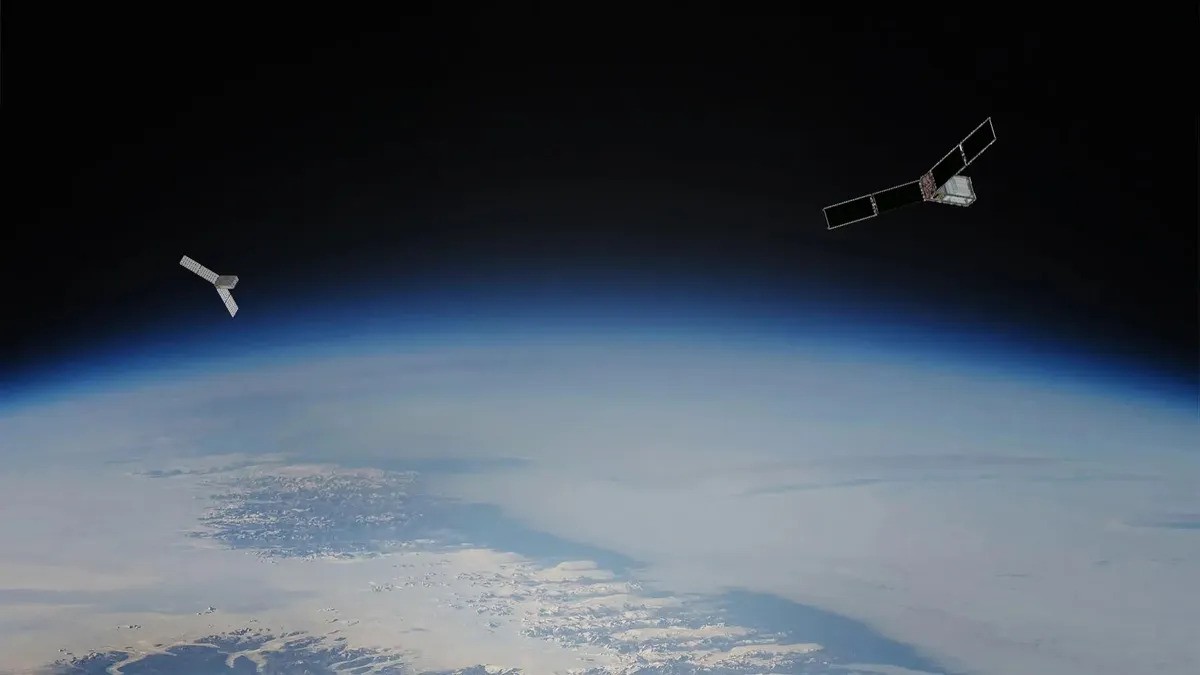NASA is preparing to launch a pair of PREFIRE satellites into space. Their task will be to study the circumpolar regions of the Earth in the infrared spectrum. It should reveal the mystery of how the atmosphere in these areas loses heat.

Launch of the PREFIRE satellites
NASA is preparing to launch a pair of the Polar Radiant Energy in the Far-Infrared Experiment (PREFIRE) satellites into space. The first of them is scheduled to launch on May 22 on a rocket from the New Zealand company Rocket Lab Electron. The second one will launch into space a few days later.
These are quite small vehicles that belong to the class of cubesats. Each of them is about the size of a loaf of bread. Despite this, each of them will be equipped with a camera operating in the infrared part of the range. Scientists are especially interested in the possibility of detecting radiation at a wavelength of 15 microns.
The satellites will be launched into orbits with a high inclination to the equator. They will try to uncover the secrets of the Earth’s atmosphere above the poles of our planet. Cubesats will try to estimate how much energy the Earth is losing through these zones.
What will cubesats try to understand?
The mission of the PREFIRE spacecraft is considered to be universal. That is, the data they collect will be used in several studies in various fields at once. However, the main issue is still the radiation of energy by the atmosphere.
In recent years, the poles of the Earth have been heating up more and more. This leads to climate change. And it is an assessment of how much these areas emit into space that will help to understand the scale of this process, and the spectrographs present on board the devices will allow us to understand what role the change in the chemical composition of the atmosphere plays in all this.
Scientists expect to use the data that the PREFIRE cubesats will receive to improve their climate models. In particular, there is hope to find out how the sea level will change in the future.
According to www.space.com
Follow us on Twitter to get the most interesting space news in time
https://twitter.com/ust_magazine


